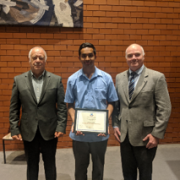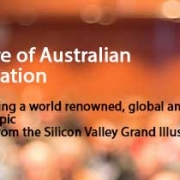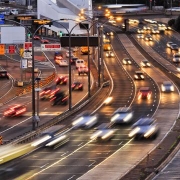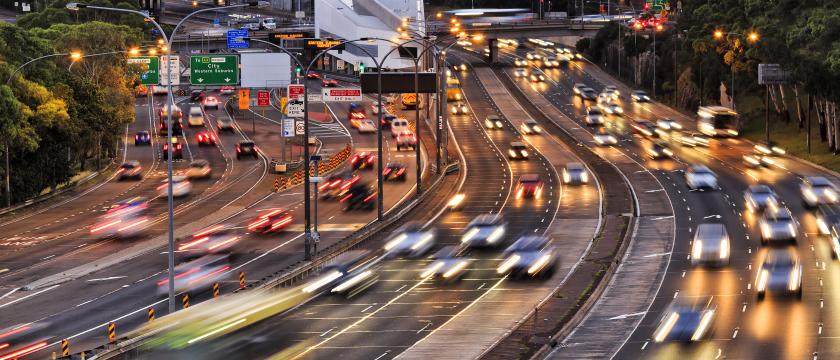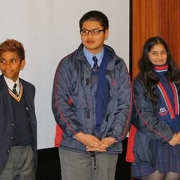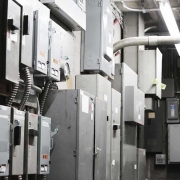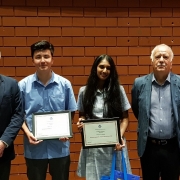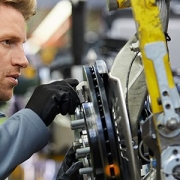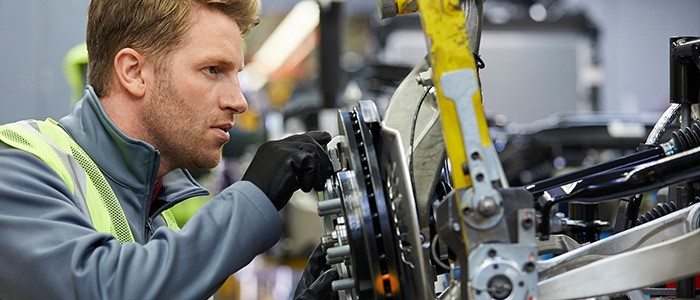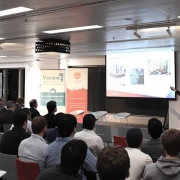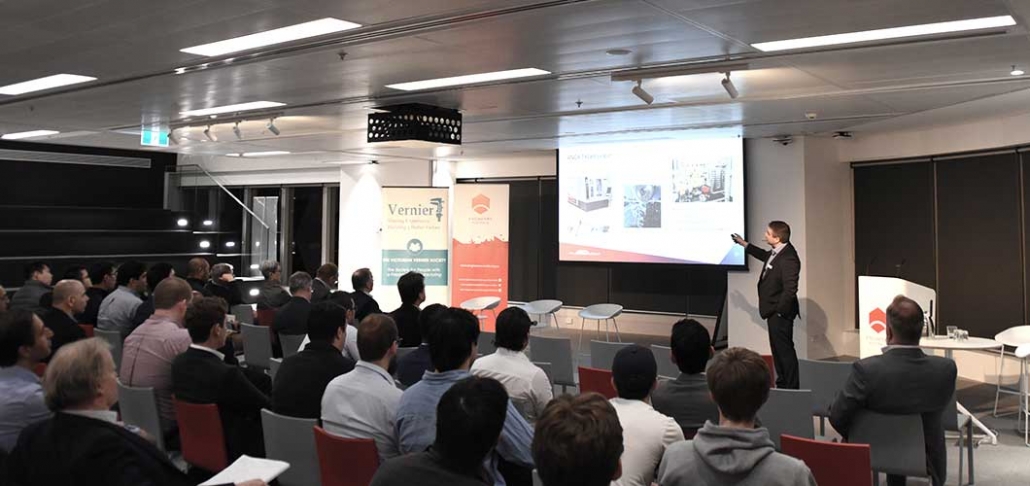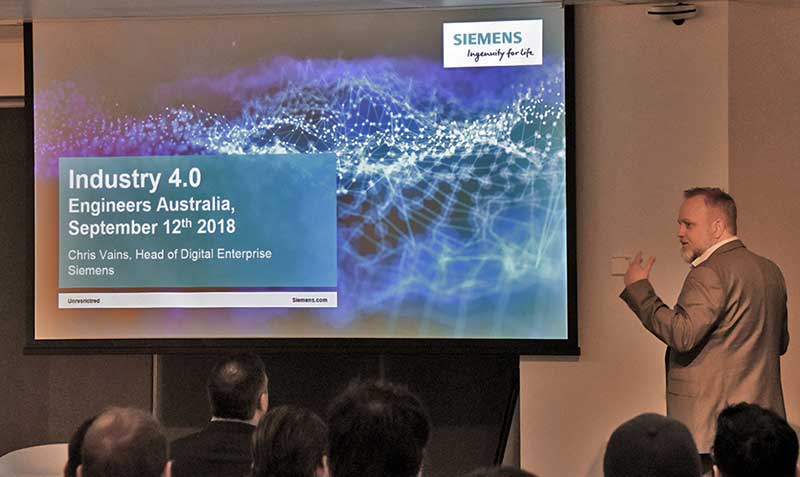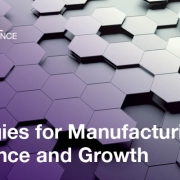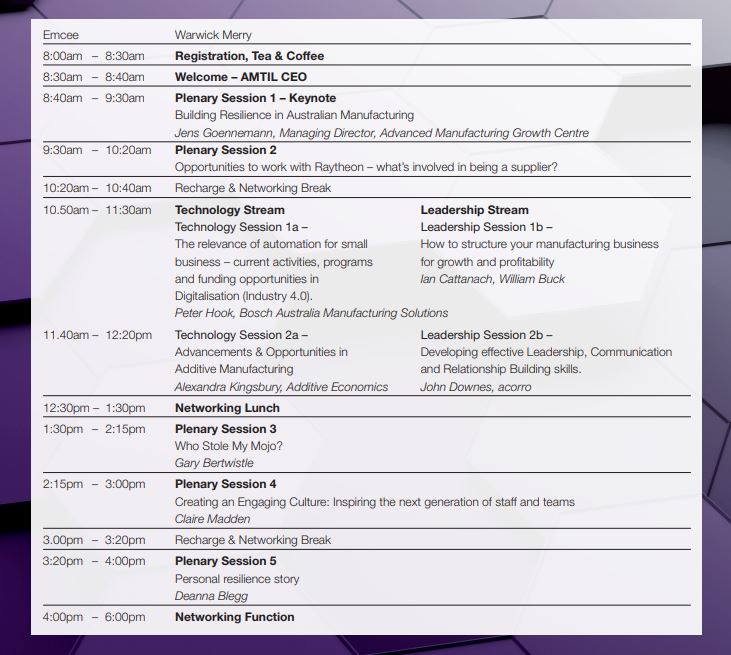Further Progress on the Energy Transition
More Progress
- In Australia
- On 3rd of October Renewables produced 50+ % of NEM demand for five and a half hours, reaching a peak of 55% the first time ever. For almost 4 hours wind and solar alone provided half the generation. Hydro was running at about 5% capacity providing 1.6% of demand and gas 1.8%. For the whole day wind and solar produced 31.3% of demand- gas and brown coal combined 19%.
- For the third time wind produced more power than brown coal for a whole day. Five days in a row peak renewables were above 50% of demand
- On the 11th of October around noon for an hour solar produced all the power SA was using. Exports were more than wind and gas combined, wind and solar produced 73% of demand for the month of September in SA and 67% for the last 12 weeks.
- Across the NEM for the 12 weeks to 1 November renewables including rooftop solar produced just under 30% of generation – gas and brown coal combined less than 23%.
- The US
- Four years ago NextEra one of the largest US power generators which has the largest privately owned wind and solar fleet outside China, had a market capitalization of a bit over US$50bn and Exon Mobil was $400 bn. Now both are valued at around $140 bn. More precisely, Next Era is currently worth 5% more than Exxon. The renewable company almost tripled in value while the oil company did the opposite.
- The world’s largest battery has just opened in California. LS Power’s 250 MW Gateway project storage is still being expanded until it is built out to 1,000 MWh. By comparison Hornsdale is now 150MW/190MWh
- Vistra Energy, one of the largest US Power producers has announced it will close all its coal plants by 2027 or sooner.
- This year Texas which is 2/3rds the size of NSW is on track to generate over 120 TWh from wind and solar. That is 70% more electricity than NSW uses.
- Output from wind in Q3 was up 19% on last year. There is 110GW of wind installed, 43 GW of wind under development Australia has a total of 7 GW of wind installed and 5 GW under development
- China
China has committed to net zero by 2060.
In the 9 months to September 30 power generation was up 0.9% but in spite of all the new coal plants it is building, coal and gas was down about 11 TWh and wind and solar was up by 48TWh. This year the increase in China’s wind and solar will be more than NSW total power consumption and China’s total wind and solar output will be about double all the power generation in Australia
- Japan has announced that it will close about 100 coal plants by 2030 and be net zero by 2050. That means that any new coal plant cannot make a return on investment in its remaining life so no new plants will be ordered and some already approved plants will be cancelled.
- Korea: As for Japan but with a bigger nuclear share it will result in an even faster coal and gas phaseout.
- The UK
- In May 2016 when the UK ran for four hours without coal, it was described as a fluke, a one off, irrelevant etc. It took almost a year until April 2017 to run a whole day without coal. Year to date 31st of October Britain has run for 4,650 hours without coal including a run of 67 days straight. Since 2016 nuclear and gas have also fallen 30% and wind now supplies more energy than nuclear and coal combined. The new wind farms under construction, due to come on stream in the next four years will allow wind to overtake gas.
- If Boris Johnson’s plans for offshore wind alone are realised, it will supply 40-45% of the entire UK energy demand including transport and heating by 2030.
- The UK’s total solar pipeline now stands just shy of 12 GW, around one-third of which has come to the fore in the last six months alone
- Greece generated 50% of its power from coal in 2015. It has already reduced it to 6% YTD and has called tenders for enough wind and solar to close its last coal plant in 2028.
- The worlds biggest solar+ storage installation 2,200 MW solar 200MW/200 MWh storage just opened in China. It was built in 4 months and is expected to supply more than 70% of the annual output of Liddell.
- The new governments in Belgium and the Netherlands are accelerating its renewable transition and France is investing A$10bn in Renewables next year
- Taiwan is installing 5 GW of offshore wind by 2025. That will displace about 10m tonnes of coal per year
Technology:
- Vestas and Siemens Gamesa have announced three new wind turbines
- 155/3.3 which on 120m towers in low wind areas will supply three to four times as much energy per year as the 112/3 machines at McArthur wind farm
- The 162/6.0 which in many parts of Australia will provide 24 GWh/y enough for 6,300 households, 35 of them would supply the entire annual electrical demand of Bendigo
- The SG 14-222 offshore machine which at somewhere like Sale will produce around 70 GWh/y just 100 of them would supply the same amount of energy per year as all the brown coal plants in Victoria.
- Floating solar is becoming practical with recent installations in the US, the Netherlands, Malaysia, Korea, Japan and China. It is used mainly on artificial water storages and the water improves the efficiency of the solar panels by keeping them cooler and reduces evaporation from the water storage and no new land usage, win win win.
Floating solar averages 15-20% CF. Australia has 10,000 square km. of water reservoirs not including private dams and sewage ponds. At 17% CF and 80 MW per square km and 10% coverage that would supply about 500 TWh or more than double the current total electrical supply across the country.
Restricting the installation of floating solar to dams which already have hydro and therefore electrical connections. there are about 650 square km on the mainland NEM of dams with hydro generators which already have electricity connections with a capacity of 5.400 MW. If 6,500 MW of floating solar was installed that because of geographical differences and or occasional limiting of output never exceeded the capacity of the electrical lines it would generate 9,400 GWh almost double the output from the hydro, with no new transmission lines and only a few hectares of land use while covering about 1/10th of the water surface
EVs
- More than 60% of Norway’s new vehicle sales are battery powered and more than half of Swedish sales are hybrid or battery powered. Even in Germany with major new electric models yet to come from Volkswagen and Tesla’s new German factory, EVs have exceeded 15% of sales in September. Worldwide EV sales this year will be close to 4 million vehicles about 5% of the total market.
- BEVs and hybrids outsold diesel cars across Europe
- “As the pace of change continues to accelerate, we need to act sooner to meet these challenges head-on. I’m delighted to announce that all of Honda’s mainstream models here in Europe will be electrified not by 2025, but three years earlier, by the end of 2022, just 36 months from now.”
- This ute will ruin the weekend GMC hummer electric dual cab 4×4 https://www.youtube.com/watch?v=MjMhZKmHKGk&feature=emb_title


